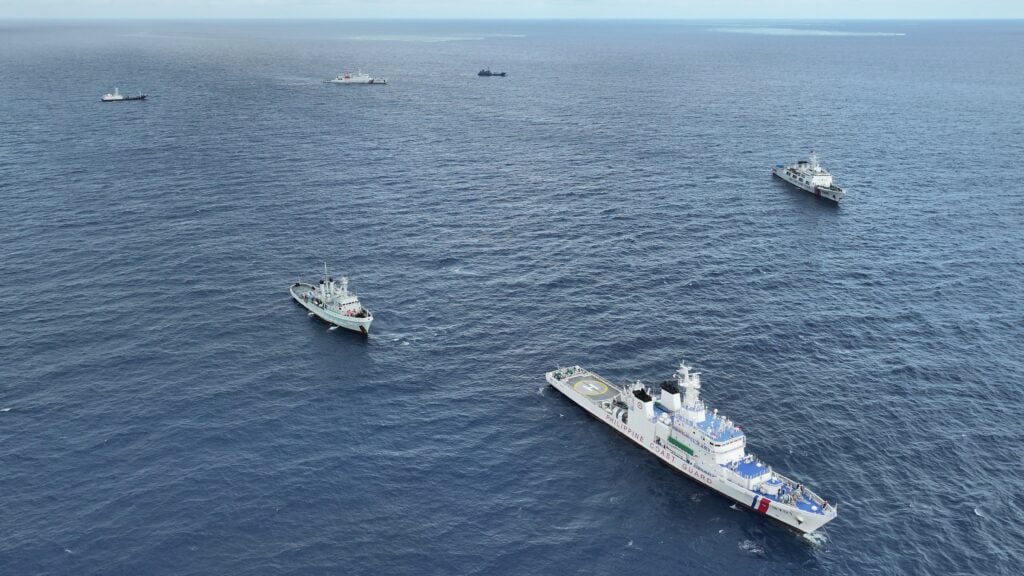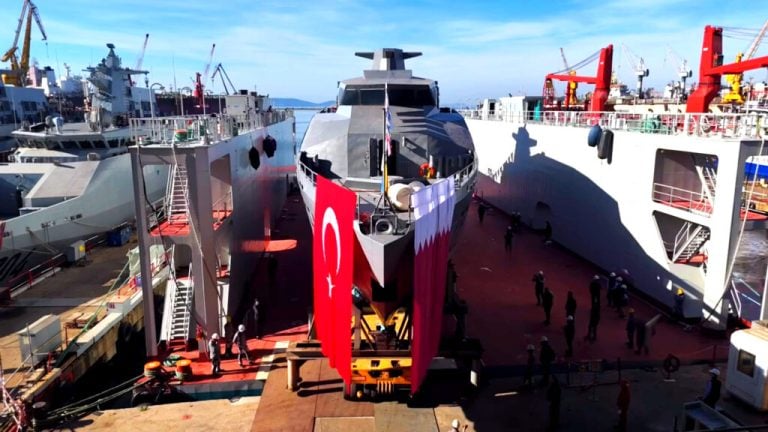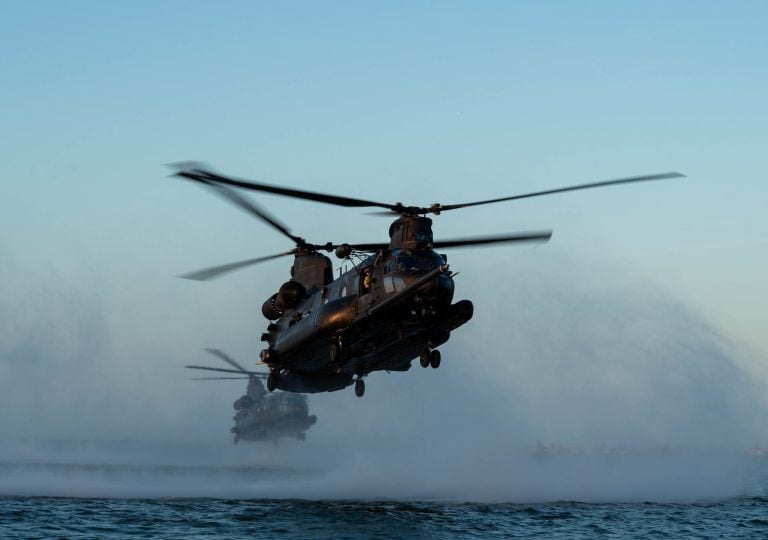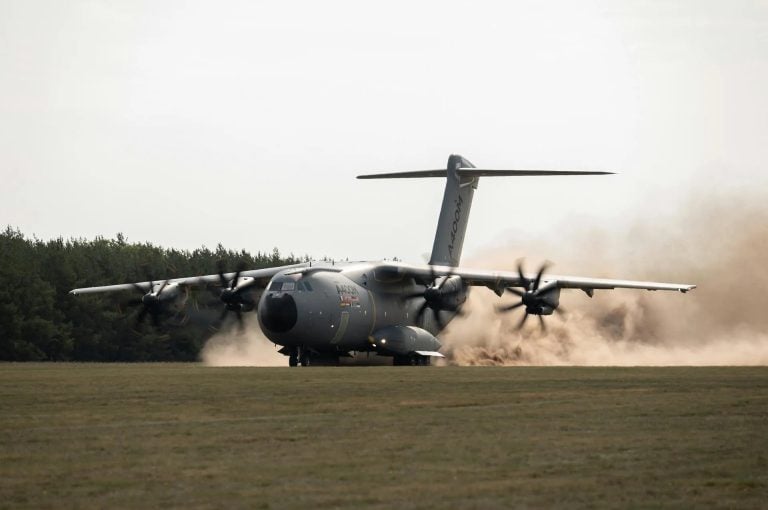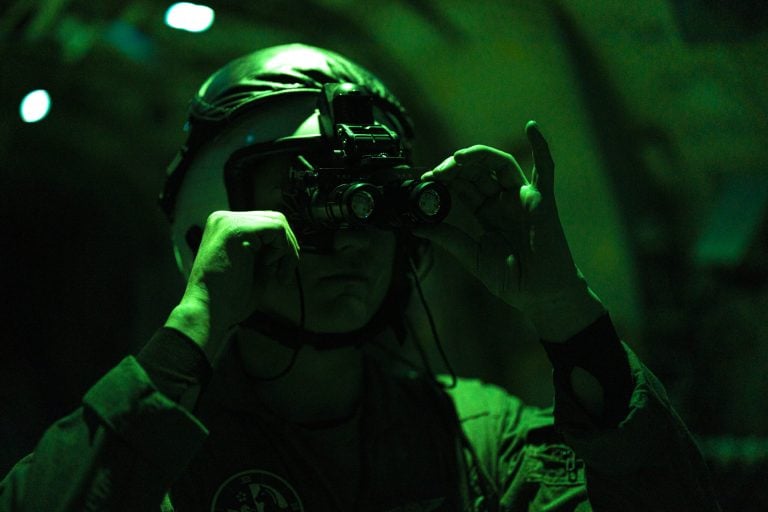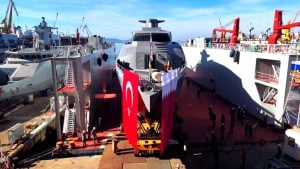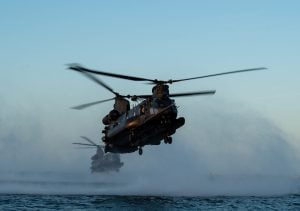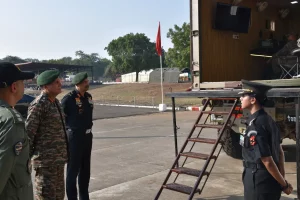The Philippine and US coast guards recently engaged in joint military drills for the first time, a significant development in their defense collaboration. This exercise was part of broader military operations in the South China Sea, a region that has become a focal point of geopolitical tension. According to the armed forces of the Philippines, this event highlights an evolving strategy that emphasizes a comprehensive national approach to maritime cooperation.
Held off the coasts of Palawan and Occidental Mindoro, the “maritime cooperative activity” took place on Tuesday, featuring essential elements of naval warfare and collaboration. Although the coast guards of both nations have participated in exercises previously, this marked the inaugural inclusion of their drills within a wider military framework. The Philippine military emphasized that the exercises are a reflection of enhanced maritime partnerships.
The Philippine coast guard deployed notable assets, including its 97-meter (320-foot) ship, BRP Melchora Aquino, and the 44-meter vessel, BRP Malapascua. In collaboration, the US coast guard contributed the cutter Stratton, showcasing a united front in addressing maritime security concerns.
The maneuvers involved coordination between various military branches, including the Philippine Navy, Philippine Air Force, and US Navy, utilizing P-8A Poseidon maritime patrol aircraft. Drills included communication checks, search and rescue operations, and tactical divisions, all aimed at enhancing operational efficiency and inter-service cooperation.
Philippine military chief General Romeo Brawner underscored the importance of these joint activities, stating that they reaffirm the nation’s commitment to modernizing its military capabilities. He emphasized the need for strengthened defense partnerships to safeguard both national and regional maritime interests in light of evolving challenges.
The exercises occur against the backdrop of China’s expansive territorial claims in the South China Sea, a contentious issue underscored by an international ruling deeming Beijing’s assertions as lacking legal basis. As maritime security remains a pressing concern for the Philippines and its allies, this military collaboration signifies a proactive effort to address the challenges posed in the region.
The Chinese embassy in Manila has yet to respond to inquiries regarding the drills, leaving questions about Beijing’s stance on this growing military partnership between the Philippines and the United States. This recent development is poised to shape future interactions in the maritime landscape, as a united front between these two nations seeks to navigate the complexities of security and cooperation in a contentious region.
